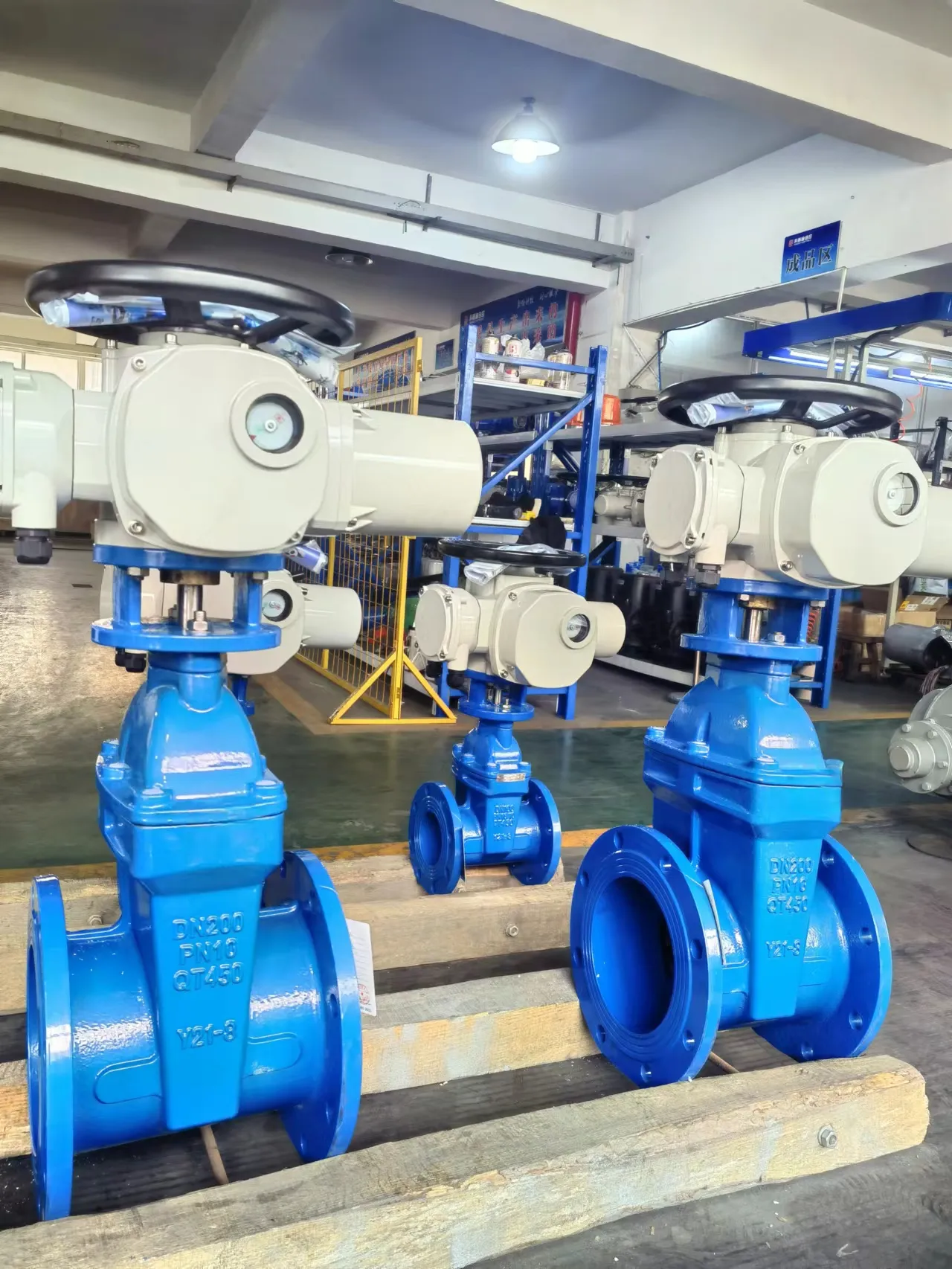Dec . 18, 2024 02:28 Back to list
linear guide rail bearing
Understanding Linear Guide Rail Bearings Key Components in Precision Motion Systems
Linear guide rail bearings, commonly referred to as linear guides, play a pivotal role in various industrial applications, providing smooth, precise, and efficient movement along linear paths. They are integral components in machinery and automation systems, enhancing productivity and accuracy in manufacturing processes.
What are Linear Guide Rail Bearings?
Linear guide rail bearings consist of two primary components a rail and a carriage, or block. The rail is mounted to a fixed base, and the carriage moves along the length of the rail. This arrangement allows for smooth linear motion, reducing friction and wear compared to traditional sliding methods.
The design of linear guides can vary, but they typically employ either ball bearing or roller bearing technology to facilitate movement. Ball bearing linear guides use small balls to create a low-friction interface, while roller bearing linear guides utilize cylindrical rollers, which offer increased load capacities and stability.
Advantages of Linear Guide Rail Bearings
1. High Precision One of the most significant advantages of linear guide rail bearings is their ability to provide precise motion control. They are engineered to minimize play and deflection, ensuring that the moving components align accurately with the intended paths.
2. Reduced Friction Linear guides are designed to minimize friction between the rail and the carriage. This characteristic not only prolongs the lifespan of the components but also allows for smoother operation, resulting in less wear and tear on machines.
3. Load Capacity Depending on their design, linear guide rail bearings can support significant loads. Roller-based guides generally offer higher load capacities compared to ball-based systems, making them suitable for heavy-duty applications.
4. Durability Linear guides are typically made from high-quality materials such as hardened steel or corrosion-resistant alloys, enhancing their durability and reliability even in demanding environments.
5. Easy Installation and Maintenance Many linear guide systems feature simple installation processes, and some have built-in lubrication systems that reduce the need for regular maintenance.
Applications of Linear Guide Rail Bearings
linear guide rail bearing

These components are utilized across a wide range of industries, including
- Manufacturing In manufacturing systems, linear guides are often used in CNC machines, milling machines, and automation equipment where precise positioning is crucial.
- Robotics Linear guide bearings are fundamental in robotics, providing the necessary motion for robotic arms and automated assembly lines.
- Medical Equipment Linear guides are employed in various medical devices, including imaging equipment and surgical robots, where precision and reliability are paramount.
- Transportation In the transportation industry, linear guides play a role in conveyor systems, enabling the efficient movement of goods and materials.
Choosing the Right Linear Guide Rail Bearing
Selecting the appropriate linear guide rail bearing depends on various factors, including load requirements, speed, environmental conditions, and available space. Engineers need to assess these parameters to ensure they choose a system that meets the specific needs of their application.
Factors to consider include
- Load Capacity Understand the maximum load the guide must support. - Speed and Acceleration Assess the required speed and acceleration of the moving parts. - Environment Consider factors such as temperature, humidity, and the presence of contaminants that could affect performance. - Size and Space Constraints Ensure that the linear guide selected fits within the available space.
Conclusion
In summary, linear guide rail bearings are essential components in modern motion control systems. Their ability to provide precision, reduce friction, and support significant loads makes them invaluable in various applications, from manufacturing to robotics. By understanding the advantages and appropriate selection criteria for these systems, industries can enhance their efficiency, productivity, and reliability in operations. As technology continues to advance, the role of linear guides will likely expand, further solidifying their importance in the world of automation and engineering.
-
Y Type Strainer Maintains System Efficiency Long TermNewsJul.15,2025
-
Valve Selection Guide for Industrial ApplicationsNewsJul.15,2025
-
Steel Fab Table Provides Durable Work Surface for WeldingNewsJul.15,2025
-
Pad Iron Provides Stable Support for Heavy MachineryNewsJul.15,2025
-
One Inch Check Valve Fits Standard Plumbing SystemsNewsJul.15,2025
-
Measuring Micrometer Ensures Precise Dimensional AccuracyNewsJul.15,2025
Related PRODUCTS









